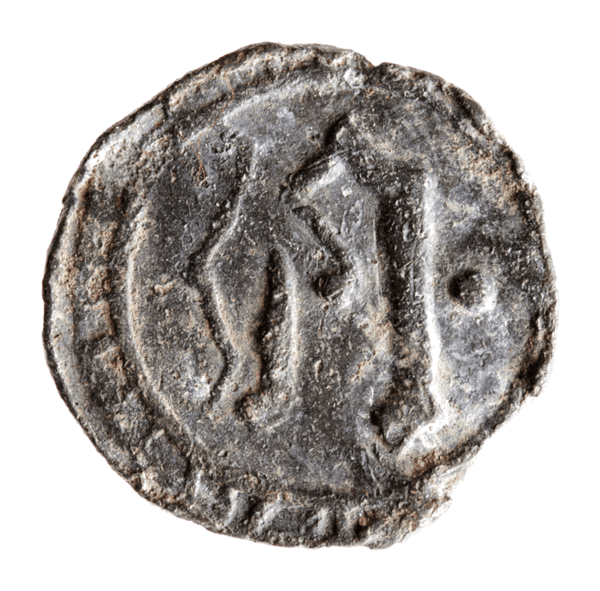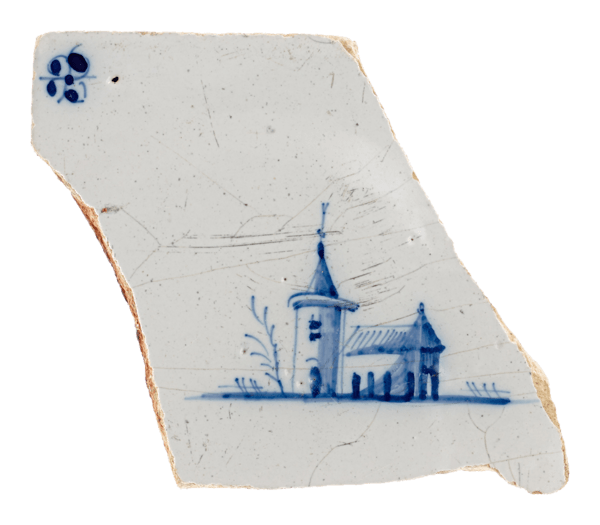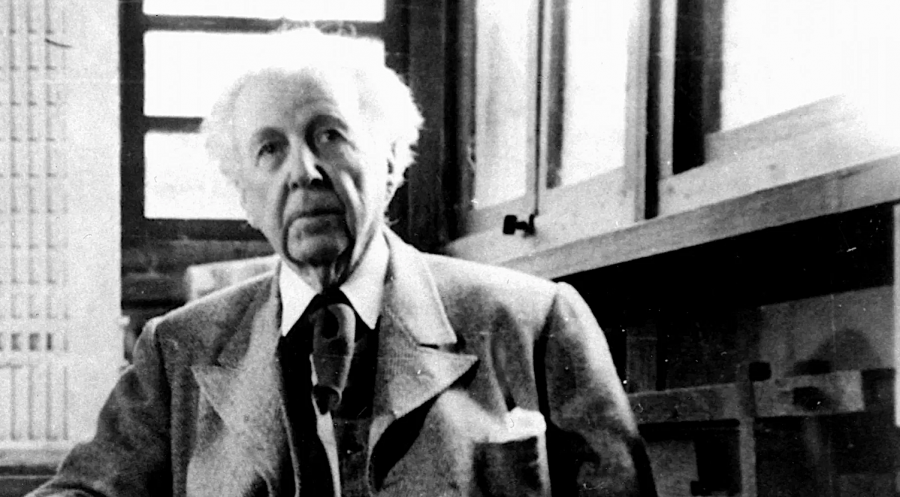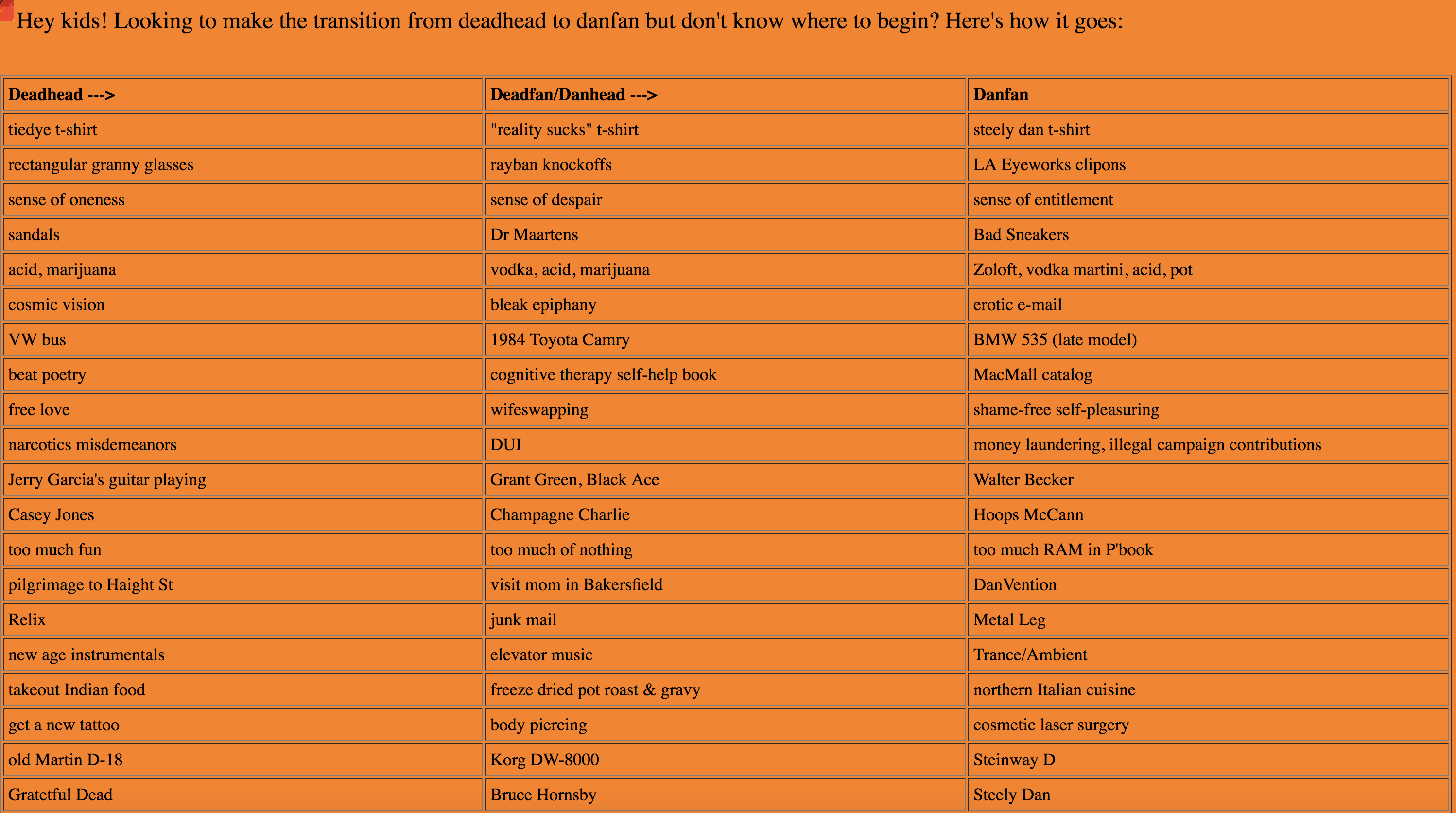FYI: If you sign up for a MasterClass course by clicking on the affiliate links in this post, Open Culture will receive a small fee that helps support our operation.
The problem of dystopian fiction is this: quite often the worst future creative writers can imagine is exactly the kind of present that has already been inflicted on others—by colonialism, dictatorship, genocidal war, slavery, theocracy, abject poverty, environmental degradation, etc. Millions all over the world have suffered under these conditions, but many readers fail to recognize dystopian novels as depicting existing evils because they happen, or have happened, to people far away in space and time. Of course, Margaret Atwood understands this principle. The nightmares she has written about in novels like The Handmaid’s Tale have all already come to pass, she tells us.
In the promo video above for her Masterclass on Creative Writing starting this fall (it’s now open), Atwood says, “when I wrote The Handmaid’s Tale, nothing went into it that had not happened in real life somewhere at some time. The reason I made that rule is that I didn’t want anybody saying, ‘You certainly have an evil imagination, you made up all these bad things.’” And yet, she says, “I didn’t make them up.” In a Swiftian way, she implies, we did—“we” being humanity writ large, or, perhaps more accurately, the destructive, greedy, power-mad individuals who wreak havoc on the lives of those they deem inferiors or rightful property.
“As a writer,” she says above, “your goal is to keep your reader believing, even though both of you know it’s fiction.” Atwood’s trick to achieving this is a devious one in what we might call sci-fi or dark fantasy (though she spurns these designations): she writes not only what she knows to be true, in some sense, but also what we know to be true, though we would rather it not be, as in Virginia Woolf’s characterization of fiction as “as spider’s web, attached ever so lightly perhaps, but still attached to life at all four corners.”
Atwood says that writers turn away from the blank page because they fear something. She has made it her business, instead, to turn toward fear, to see dark visions like those of her MaddAddam Trilogy, an extrapolation of horrors already happening, in some form, somewhere in the world (and soon to be a fun-filled TV series). What she feared in 1984, the year she began writing The Handmaid’s Tale, seems just as chillingly prescient to many readers—and viewers of the TV adaptation—thirty-four years later, a testament to Atwood’s speculative realism, and to the awful, stubborn resistance reality puts up to improvement.
As she put it in an essay about the novel’s origins, “Nations never build apparently radical forms of government on foundations that aren’t there already.” The same, perhaps, might be said of novelists. Do you have some truths to tell in fictional form? Maybe Atwood is the perfect guide to help you write them.
You can take this class by signing up for a MasterClass’ All Access Pass. The All Access Pass will give you instant access to this course and 85 others for a 12-month period.
Related Content:
An Animated Margaret Atwood Explains How Stories Change with Technology
Ursula Le Guin Gives Insightful Writing Advice in Her Free Online Workshop
100 Great Sci-Fi Stories by Women Writers (Read 20 for Free Online)
Josh Jones is a writer and musician based in Washington, DC. Follow him at @jdmagness










